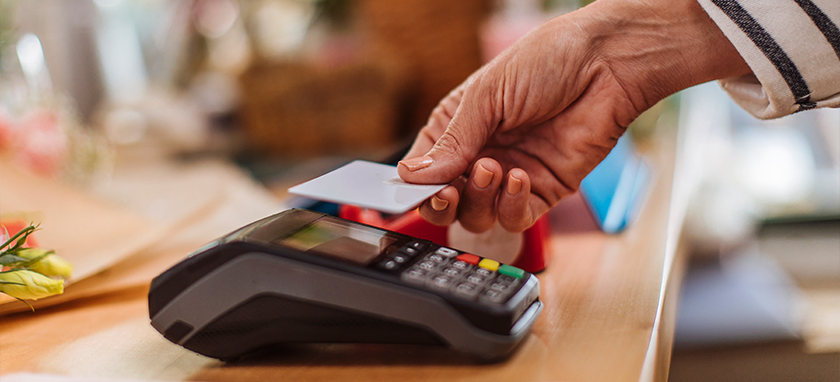
Nowadays, far fewer people have loose change in their pocket. Driven by the pandemic, the UK is fast moving away from cash transactions.
Recent figures show the value of contactless card transactions rose by 72 per cent over the last year.
The Charities Aid Foundation UK Giving Report 2022 found cash donations are much lower than they have been – only 23 per cent of donors gave cash over the last 12 months, down from 58 per cent in 2017. But what does this move towards a cashless society mean for charities, especially when it comes to filling a collection bucket at fundraising events and on the street? We are a charity insurance specialist, so we thought it might be helpful to share a brief outline of ways you can make it easy for donors to support you, so you can carry on supporting the community.
Digital giving
In an increasingly cashless society, charities need to think about facilitating supporters to use digital wallets such as ApplePay, as these platforms now account for nearly half (43%) of all one-off donations made online.
The Charities Aid Foundation found giving at a fundraising event has fallen from 23 per cent to 13 per cent – but charities that encourage cashless giving are turning that around. Muscular Dystrophy UK’s most recent Microscope Ball fundraiser, for example, used small portable tap-to-donate devices to raise more than £60,000 through games, pledges, ad-hoc donations, raffle purchases and auction payments.
It’s a well-known fact, that the easier it is to make a transaction, the more likely someone will. Therefore, encouraging contactless donations at your events or digital donations online, supported by methods such as ApplePay could make all the difference to the number of donations you see.
Digital fundraising systems can include:
A handheld card reader – some can take donations offline, allowing fundraising to take place in areas with no internet access.
Larger tap-to-donate devices such as a contactless collection box, which can be manned or stand alone.
QR codes, which can be used on a range of media including collection buckets.
Digital kiosks, which can be used as a marketing as well as a fundraising device.
Text-to-donate.
Keeping yourself protected
Whilst increasing the use of technology can allow charities to reap the benefits, it is important to ensure you are protected against cyber-attacks and data breaches, unfortunately these are all the more prevalent since the start of the pandemic, and attacks are only getting more and more sophisticated. Speak to your insurance broker to ensure you are adequately covered against those who take advantage of charities’ trusting nature and often limited resources. Sadly, it is something you simply cannot afford to ignore.
Finally, don’t turn away from cash completely – some people may not want or be able to make cashless payments. Taking a blended or hybrid approach is more inclusive – and you might be able to access some of that £50m the British public supposedly amassed in loose change over the pandemic.
This article has only given a few examples of how to harness the trend for digital giving, and as technology develops even more platforms will become available, but we hope it will act as a starting point to take you into a future where cash is no longer king.
